Extensive data analysis and research have been conducted to better understand the conditions of the ESCCRP Landscape. By leveraging spatial data, we can see the state of our forests and use this information to guide our land management decisions. The following maps display data that are essential in assessing the needs of the landscape and shaping our efforts.
1. Relative Stand Density Index
Relative Stand Density Index (SDI) is a measure of tree density, with higher numbers indicating greater density and increased competition for resources, resulting in smaller, less valuable or desirable trees. Stands with an SDI greater than 0.55 (shown in red) are at risk of imminent mortality, making up 35% of the project area. Historically, Sierra Nevada forests had much lower SDI values, ranging from 0.23 to 0.28.
2. Mean Percent Fire Return Interval Departure
Fire Return Interval (FRI) measures the average time between fires in a given area, while Fire Return Interval Departure (FRID) represents the difference between the current fire frequency and the natural or pre-colonial fire frequency.
The ESCCRP landscape evolved with relatively frequent fires, a natural cycle that was disrupted by fire suppression. For example, under pre-colonial fire regimes, Jeffrey pine forests burned every 9 years on average. Today, many of these areas have not burned in over a century and have missed up to 10 fire cycles.
3. Quadratic Mean Diameter
The Quadratic Mean Diameter (QMD) measures the average tree diameter at breast height (DBH) across the landscape. Currently, most of the forest has a QMD of less than 15 inches, indicating a dominance of smaller, younger trees. Historically, the QMD was closer to 30 inches, with a greater proportion of large, mature trees.
Today, dense forests of small trees compete for limited resources like water, sunlight, and nutrients, stifling the growth of older trees. This overcrowding reduces forests’ resilience to stressors like pests, diseases, and wildfires. The lack of space for large trees also hampers biodiversity, as mature trees provide essential habitat and support ecosystem health.
